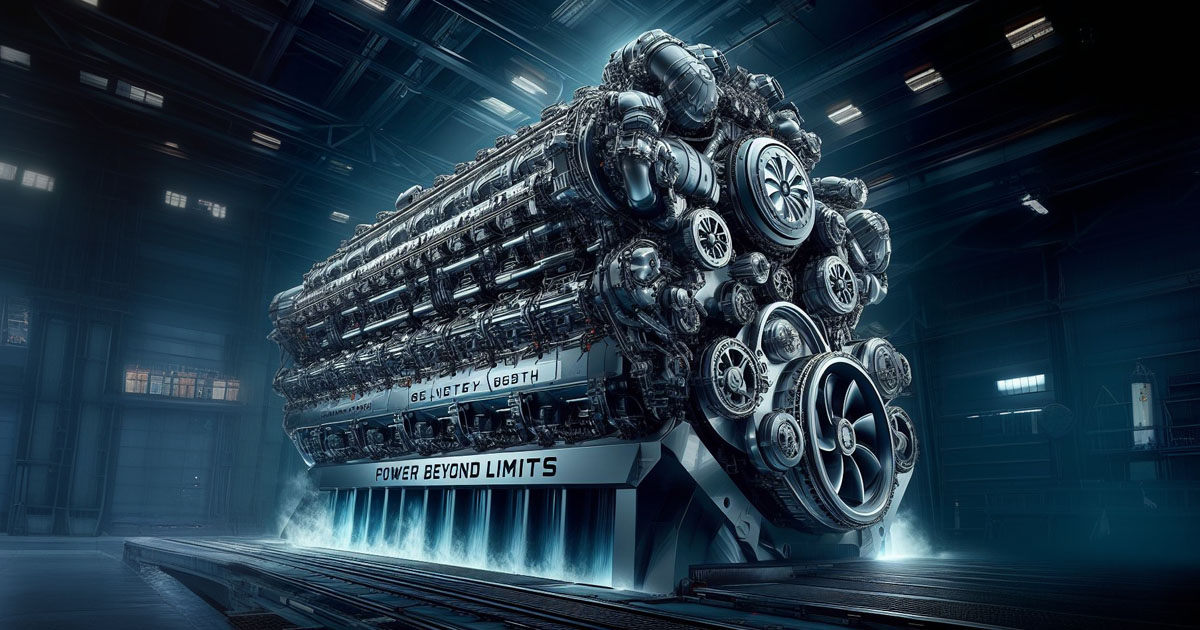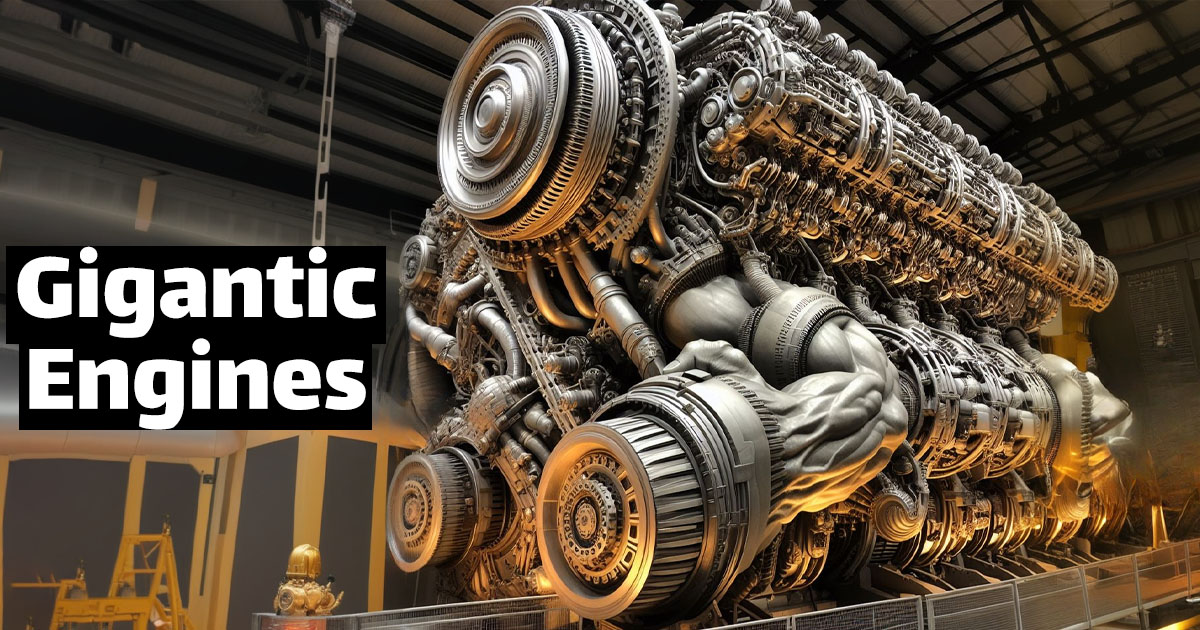
Aircraft design, like any other type of technology, maybe hit-or-miss at times. However, when aircraft designers get it right, their creations may become legendary, such as the P51 Mustang, Supermarine Spitfire, or F-15 Eagle, to mention a few.
Get ready to soar into the peculiar realm of aviation with our list of the weirdest aircraft ever designed. Aviation history is filled with daring experiments, and we’ve handpicked 10 aircraft that stand out for their uniqueness. From steam-powered prototypes to aircraft with peculiar lifting surfaces, each one has a story that will leave you amazed. Fasten your seatbelts for an extraordinary journey through the unconventional side of aviation history!
1. The Edgely Optica appears to be particularly unwieldy
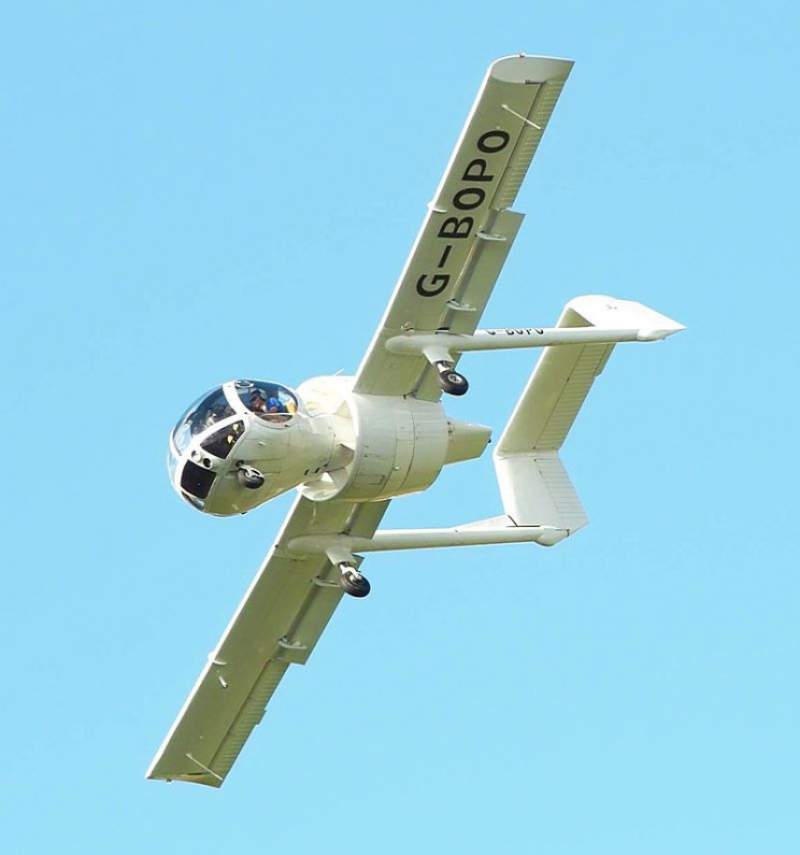
The Edgley Optica was another unique aircraft. The Optica is a British aircraft developed especially for low-speed observation missions.
The Optica was designed to be a low-cost alternative to helicopters, with a “loiter” speed of 8 mph (130 km/h) and a stall speed of 67 mph (108 km/h).

John Edgley created it, and it first flew in the late 1970s. The aircraft, which was powered by a Lycoming IO-540 engine, went into limited production in the early 1980s.
A little more than twenty were produced, but 10 of them were destroyed in an arson strike at the manufacturing site. The Optica is back in the hands of its creator after years of ownership changes, and he is looking for money to bring it to total production.
2. The McDonnell XF-85 “Goblin” lived true to its nickname
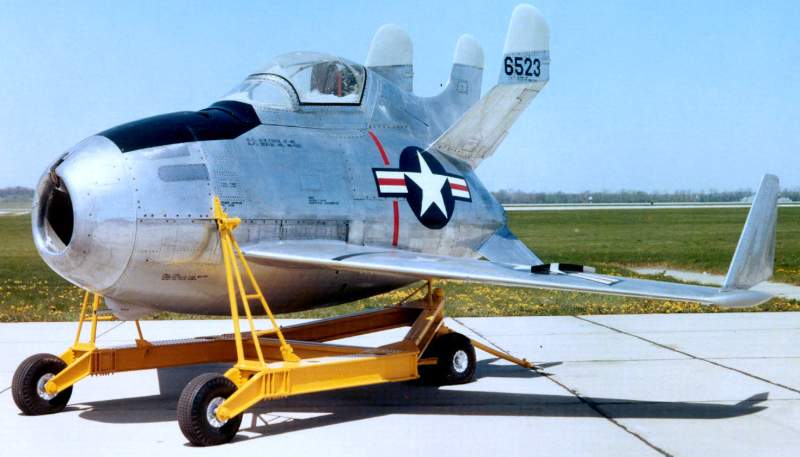
The McDonnell XF-85, a “parasite” fighter, was meant to be released from the bomb bay of a bigger “host” Convair B-36 bomber. Designed just after WWII’s end, the aircraft’s small form and characteristics distinguish it as one of the strangest-looking aircraft of all time.
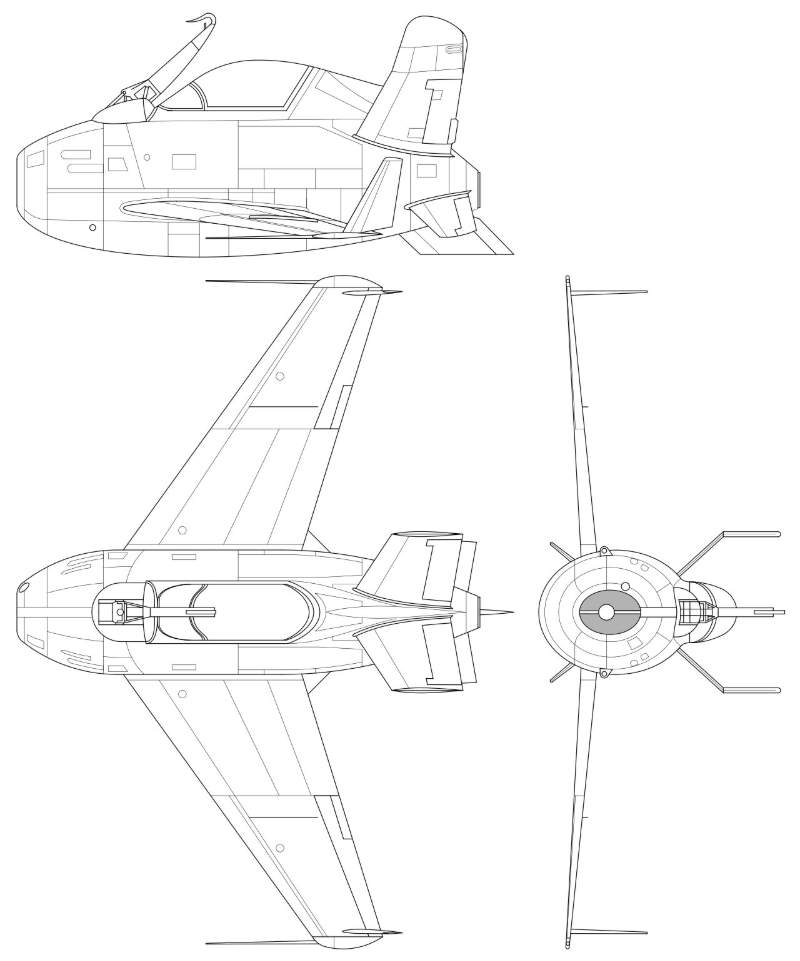
The plan at the time was for a swarm of fighter-carrying aircraft to drop their fighter payloads whenever bomber units were attacked. Because conventional fighters frequently struggled to match the range of bomber groups, the XF-85 was meant to assist in solving this by only being deployed and retrieved when necessary.
The project, along with those of other “parasite fighters,” was terminated in 1949 in favor of developing mid-air refueling.
3. The Dornier Do 335 is another unusual aircraft
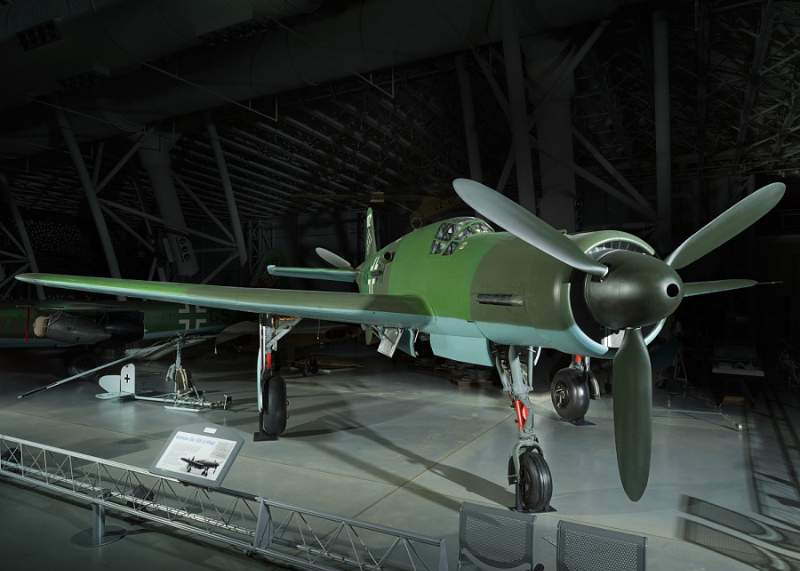
The Do 335, often known as the Pfeil (“Arrow”), was a Nazi heavy fighter constructed by the Dornier firm during WWII. The usage of front and rear propellers in a push-pull arrangement is by far its most noticeable characteristic. It also had an unusual ejector seat.
According to current sources, a Do 335 can fly at 474 mph (846 km/h) in level flight.
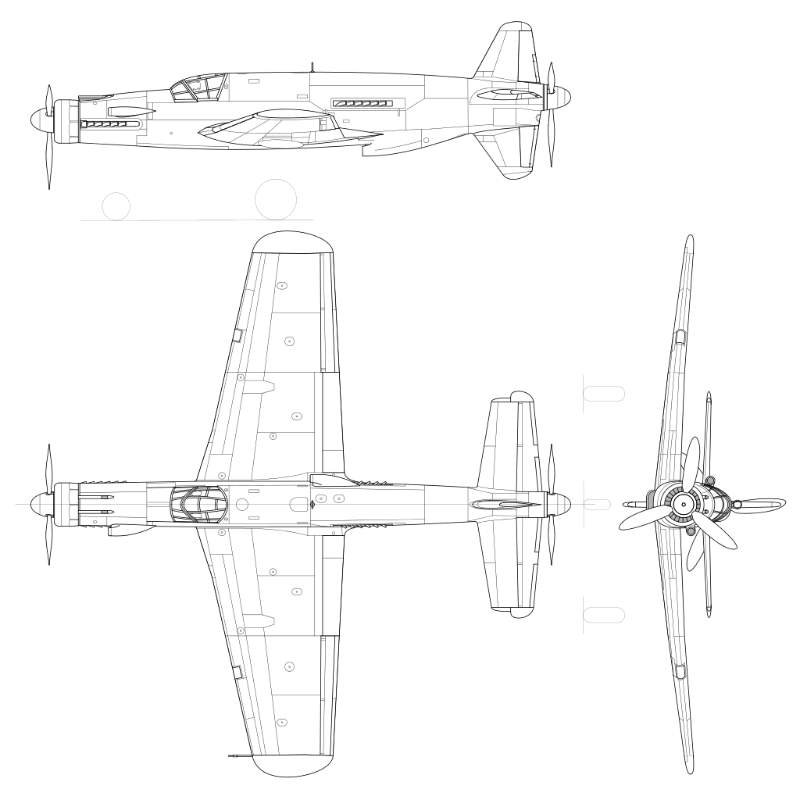
The distinctive shape of this aircraft reduced aerodynamic drag, and it was the fastest German piston-engined aircraft throughout the war. Desperate to have the plane operational as soon as possible, delays in engine supplies resulted in just a few being delivered before the end of the war.
It wasn’t the most beautiful airplane ever constructed, but it remains a favorite among many aircraft fans today.
4. The Curtiss-Goupil Duck is unlike anything you’ve ever seen!

The French-designed “Duck” is a one-of-a-kind prototype, created as a steam-powered aircraft. Alexandre Goupil designed it in the 1880s, and Glenn Curtiss produced a duplicate in the late 1910s.
According to Goupil’s drawings, the steam engine would power a single tractor propeller at the front of the rotund body. The pilot and landing gear would be joined to the body through wires and a frame.
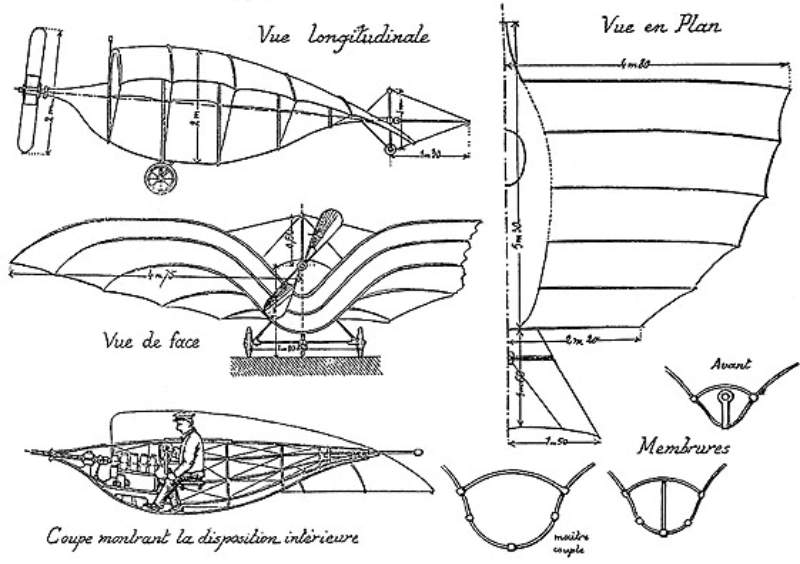
According to all sources, the body was based on actual birds, and an unpowered prototype was developed and tested.
5. Scaled Composites Model 281 Proteus is another extraordinary aircraft

The Scaled Composites Model 281 Proteus, a tandem-winged high-altitude, low endurance aircraft, is another odd-looking aircraft. Burt Rutan developed it to serve as a platform for high-altitude telecommunications relays, but it has subsequently been used for various purposes.
The aircraft’s architecture is very efficient, allowing it to “orbit” at an altitude of more than 55,000 feet (16,700 kilometers) for more than 18 hours. Only one prototype was ever made, and it is currently owned by Northrop Grumman.
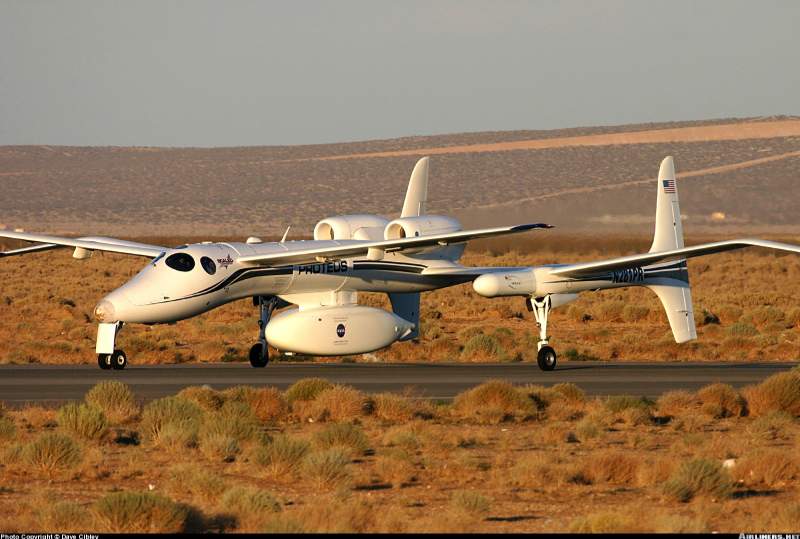
The Proteus initially flew in July 1998 and has since been utilized for different research projects and missions for organizations such as NASA across the world. It can carry roughly 12,500 pounds (5,670 kg) of cargo on takeoff and has a max speed of MACH 0.55.
It also holds several world records for altitude operation.
6. The VVA-14 Bartini Beriev was developed to hunt submarines
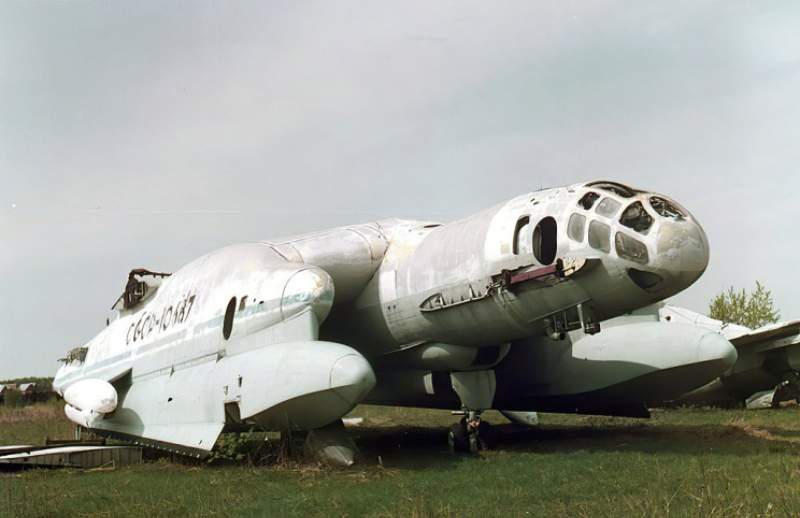
The Bartini Beriev VVA-14 is an intriguing example of a VTOL amphibious aircraft that would not seem out of place on the set of a science fiction film. Developed by the Soviet Union in the early 1970s, this aircraft used the wing-in-ground effect to travel over water.
The VVA-14 was meant to take off from the ocean and fly great distances at incredible speeds. It could also skim over the water’s surface in search of enemy submarines.

Robert Bartini developed it, and two prototypes were built, with over 100 test flights, although the VTOL technology was not tested.
The project’s progress stopped after the death of its creator, and it was finally terminated in the late 1980s. The sole known surviving VVA-14 is presently housed at the old Soviet Central Air Force Museum.
7. Meet one of the world’s rare jet-powered biplanes
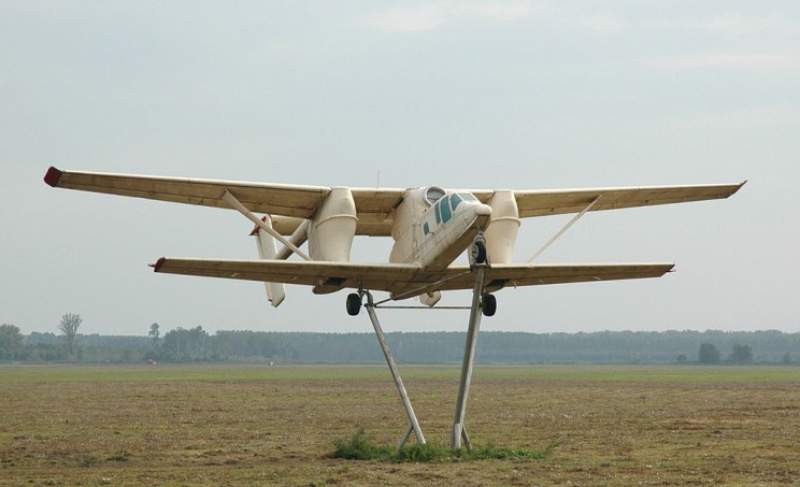
The PZL M-15 “Belphegor” is one of the world’s few jet-powered biplanes in production. It was designed and manufactured by the Polish aviation firm WSK PZL-Meilec and was known as the “Belphegor” (the noisy demon).
It was developed to meet the needs of the Soviet Union, who was looking for a replacement for their aging Antonov An-2s, which were employed to manage the enormous wheat fields of Ukraine and Poland, a critical food supply for the USSR. For whatever reason, one of the requirements was that the replacement aircraft be jet-powered.
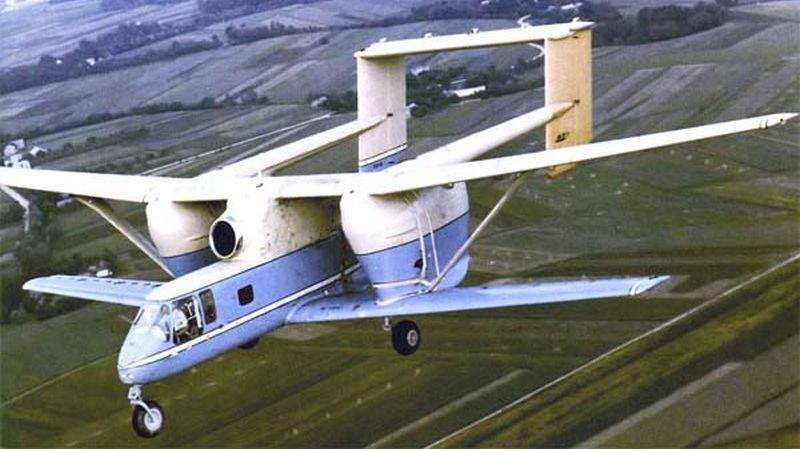
In response, WSK PZL-Mielec created the Lala-1, a prototype jet-powered biplane. Later, the first M-15 was created and flew its first flight in 1973, but severe faults with its handling, range, and operating expenses were revealed.
However, because of its biplane design, the jet-powered plane could cruise at a slower speed than conventional jets without stalling.
Despite these concerns, the plane entered production in the mid-1970s. Only about 175 were built, and manufacturing was eventually terminated in the early 1980s to obtain more “obsolete” An-2s.
8. The Me P1109 is maybe the strangest airplane you’ve ever seen
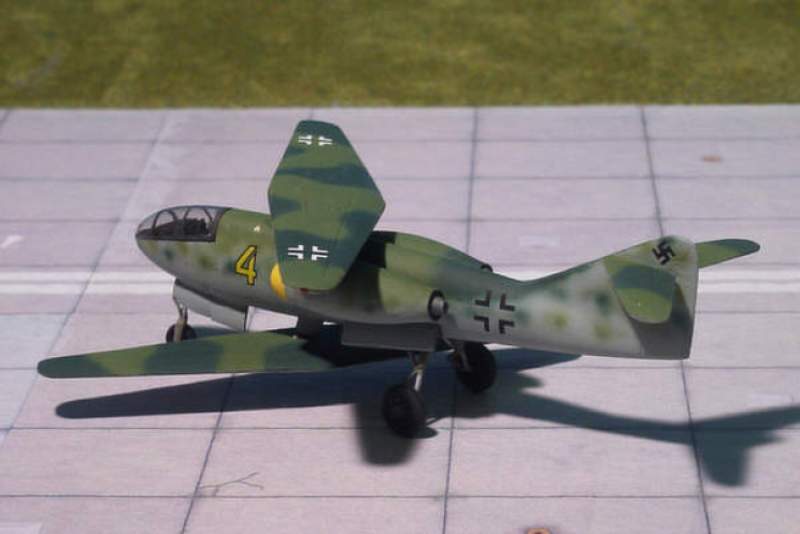
The Messerschmitt Me P1109 is, without a doubt, one of the most unique, if not weird, aircraft designs of all time. This aircraft, one of the few known oblique-winged biplanes, never saw the light of day.
German engineers created it at the end of WWII to increase the performance of jet-engined aircraft at high speeds. The ME 1109’s unique wings, like earlier oblique-winged aircraft ideas, were supposed to assist in minimizing aerodynamic drag at high speeds.
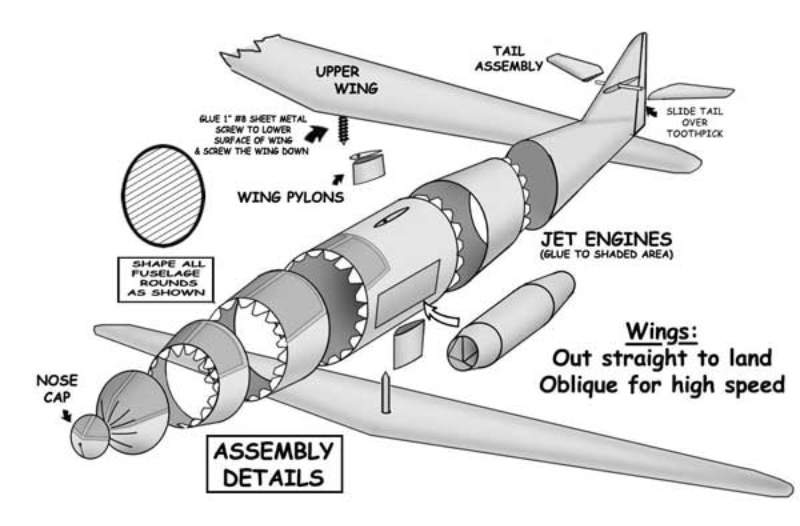
It would have been powered by two jet engines if it had ever been realized. It is unknown whether a prototype was ever built, and there are no records of it having wind tunnel tested.
9. Another unique aircraft is the Plymouth A-A-2004

The Plymouth A-A-2004 is an unusual vehicle that makes use of something known as the “Magnus Effect” It employed a sequence of spinning cylinders with circular endplates to produce lift utilizing the idea of the “Magnus Effect” where asymmetrical spin provides more lift, based on similar planes called Flettner “Magnus Effect” planes.
After successfully establishing “Magnus Effect” sails for a ship, the propulsion system’s creator, Anton Flettner, thought that this configuration might operate well on aircraft wings.
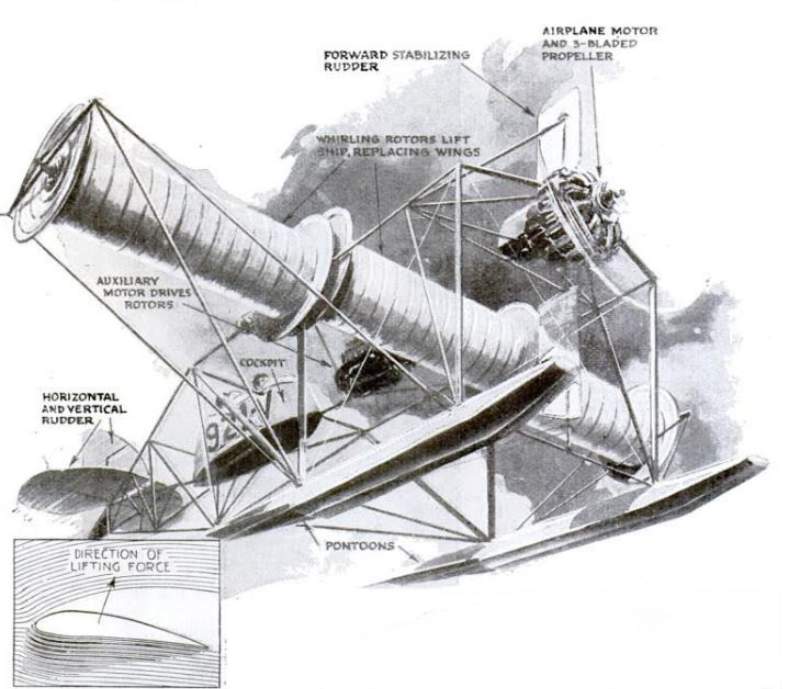
In the 1930s, three unknown inventors were inspired by Flettner’s advice and created this unique aircraft. It was also said to have completed several successful flights over Long Island Sound.
Concerns about the aircraft’s safety and dependability would finally lead to its end.
10. The Vought XF5U “Flying Pancake” looks amusing as well
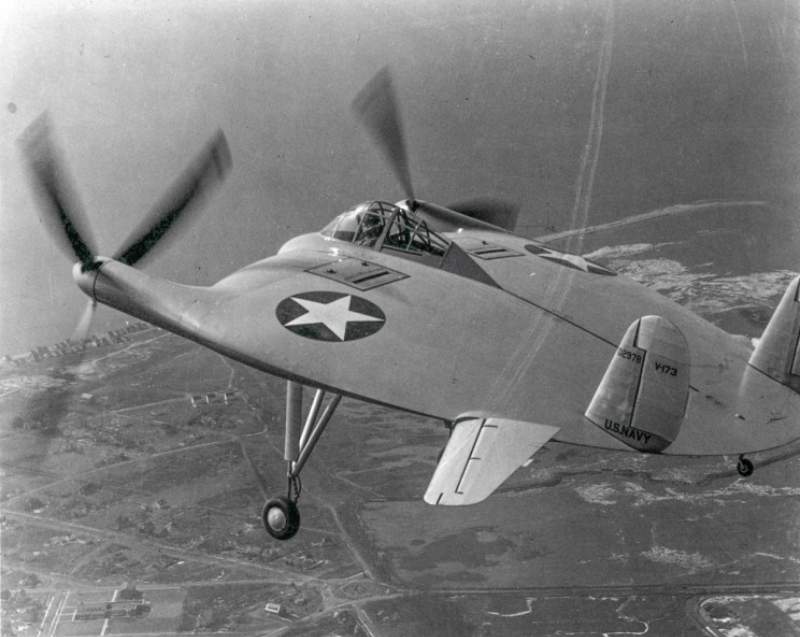
The Vought XF5U is another odd-looking aircraft. This experimental aircraft called the “Flying Pancake” or “Flying Flapjack” was designed in the late 1930s by H. Zimmerman of United Aircraft Corp.’s Chance Vought Division.
This business has previously provided the US Navy and Marine Corps with several aircraft, notably the highly effective and dependable F4U “Corsair.”
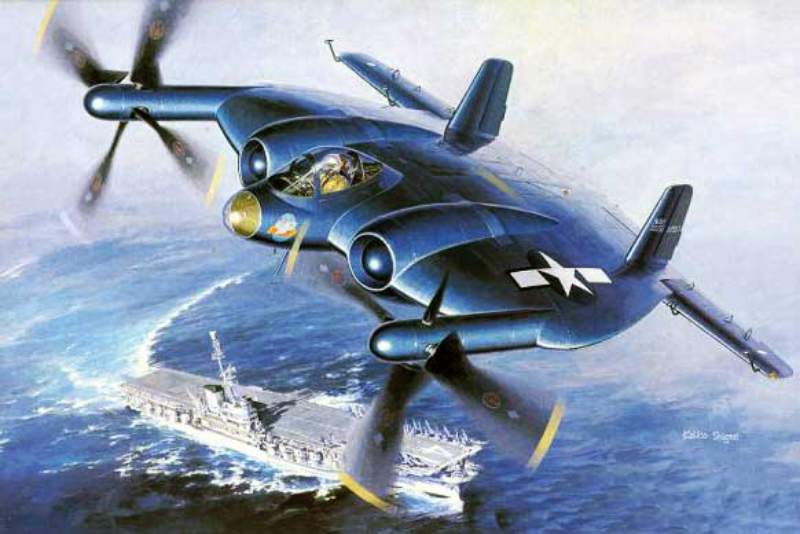
Instead of wings, its unusual flattened, pseudo-disc-shaped body functioned as the aircraft’s primary lifting surface. It was thought that by keeping consistent airflow throughout the full wingspan of the aircraft, it could be able to land at extremely low speeds while still performing well at high speeds.
The XF5U was propelled by two Pratt & Whitney WR-2000-2 radial engines buried within the body, which drove a pair of propellers on the front edges of its “wingtips.”

The aircraft was designed to have a max speed of roughly 452 mph (727 km/h) and equipped with six .50 machine guns. In theory, it could also carry two 1000-pound bombs and have four of its machine guns replaced with 20mm cannons.
Despite its outstanding and original design, the aircraft would eventually collapse. Budget restrictions and a drive towards turboprops and jet-engined aircraft have cast doubt on the future of piston-engined aircraft like the XF5U. Only two were built, and the project was discontinued in 1947.

